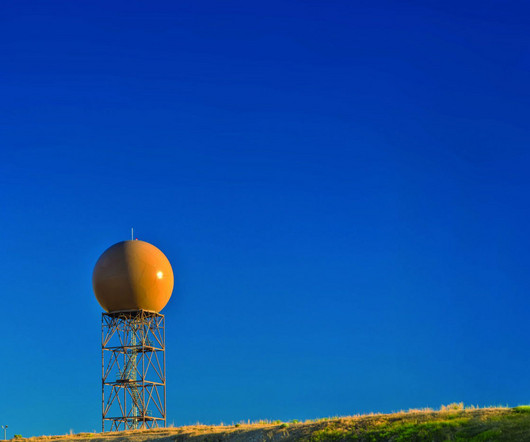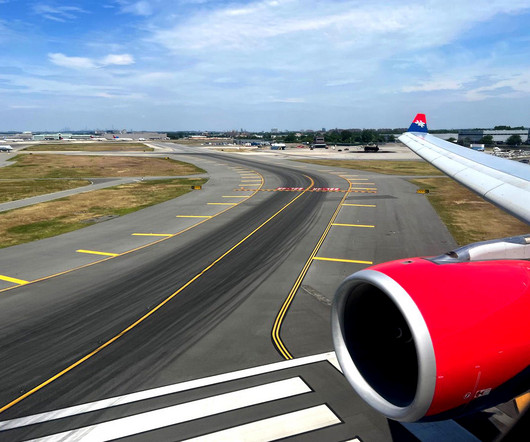Terminal Radar: It’s the Weather Pilots Don’t See
Flying Magazine
MAY 26, 2025
Even if you have a datalink weather capability in the cockpit, dont give up on your air traffic controllers. A Weather Systems Processor (WSP) has been added to many of the ASR-9s to measure Doppler wind velocity and thereby support detection of low-level wind shear events. Not too shabby.
















Let's personalize your content